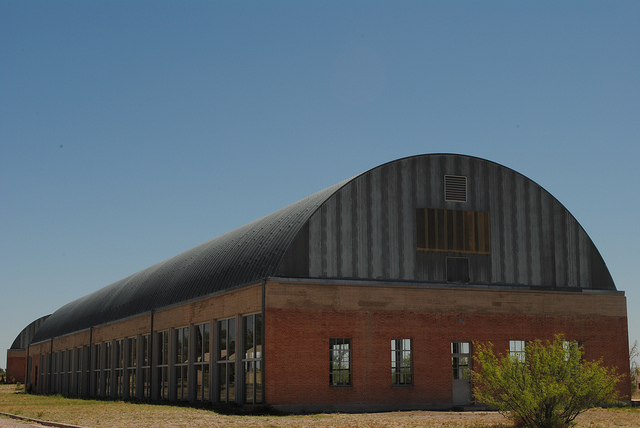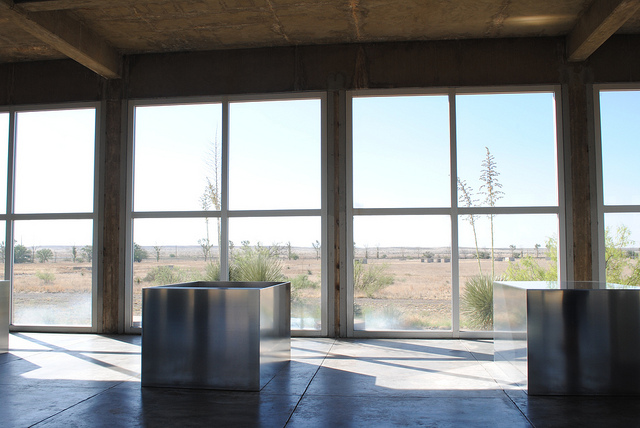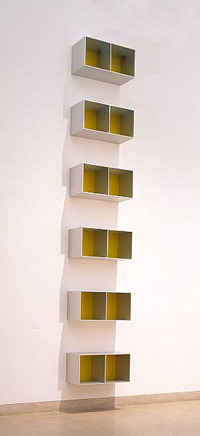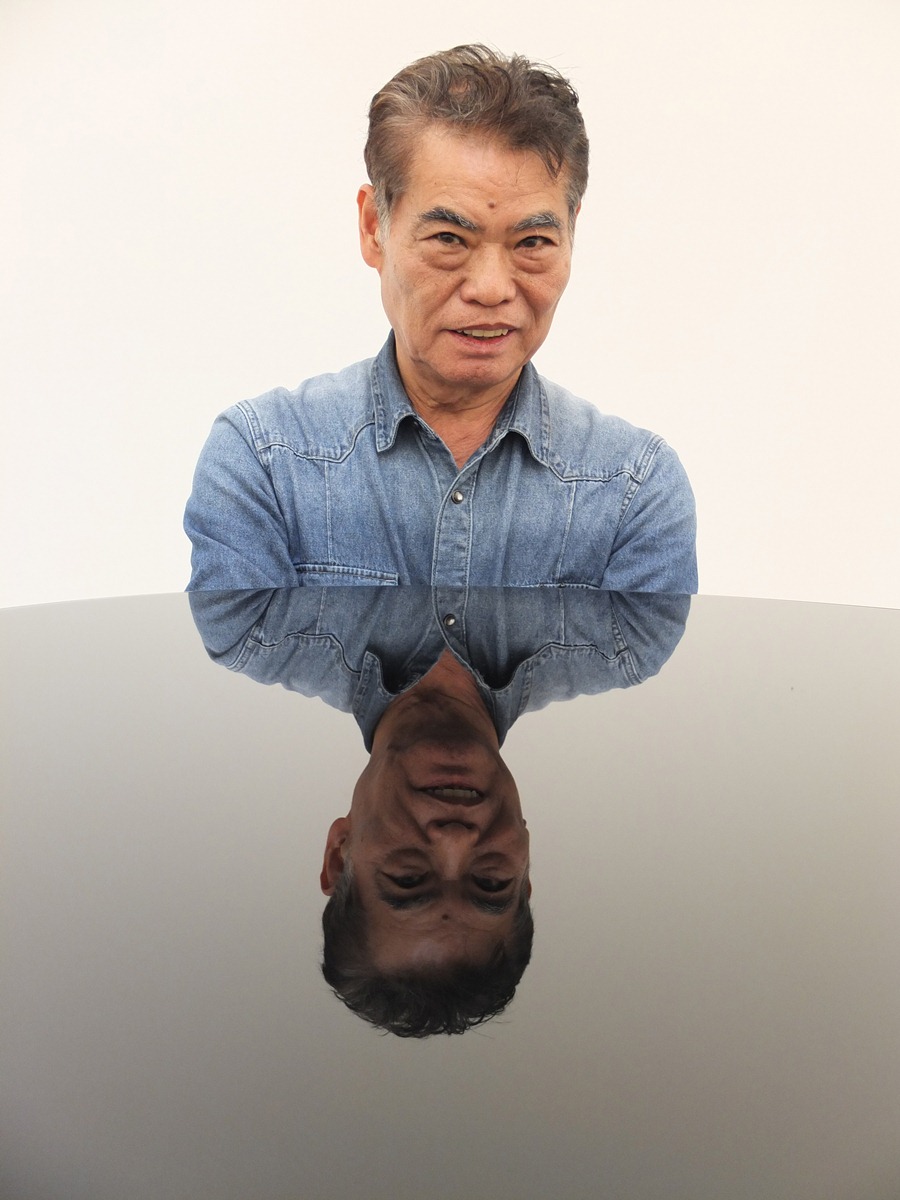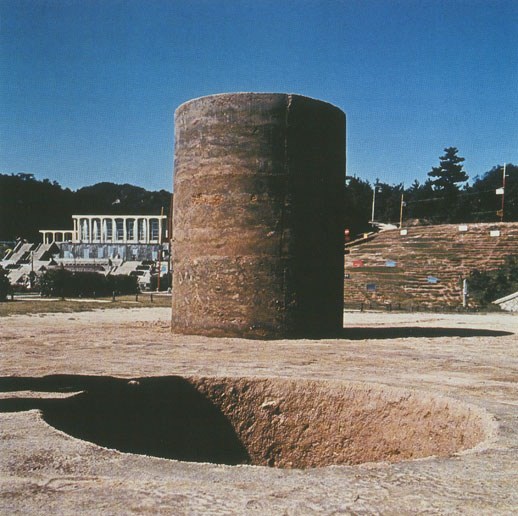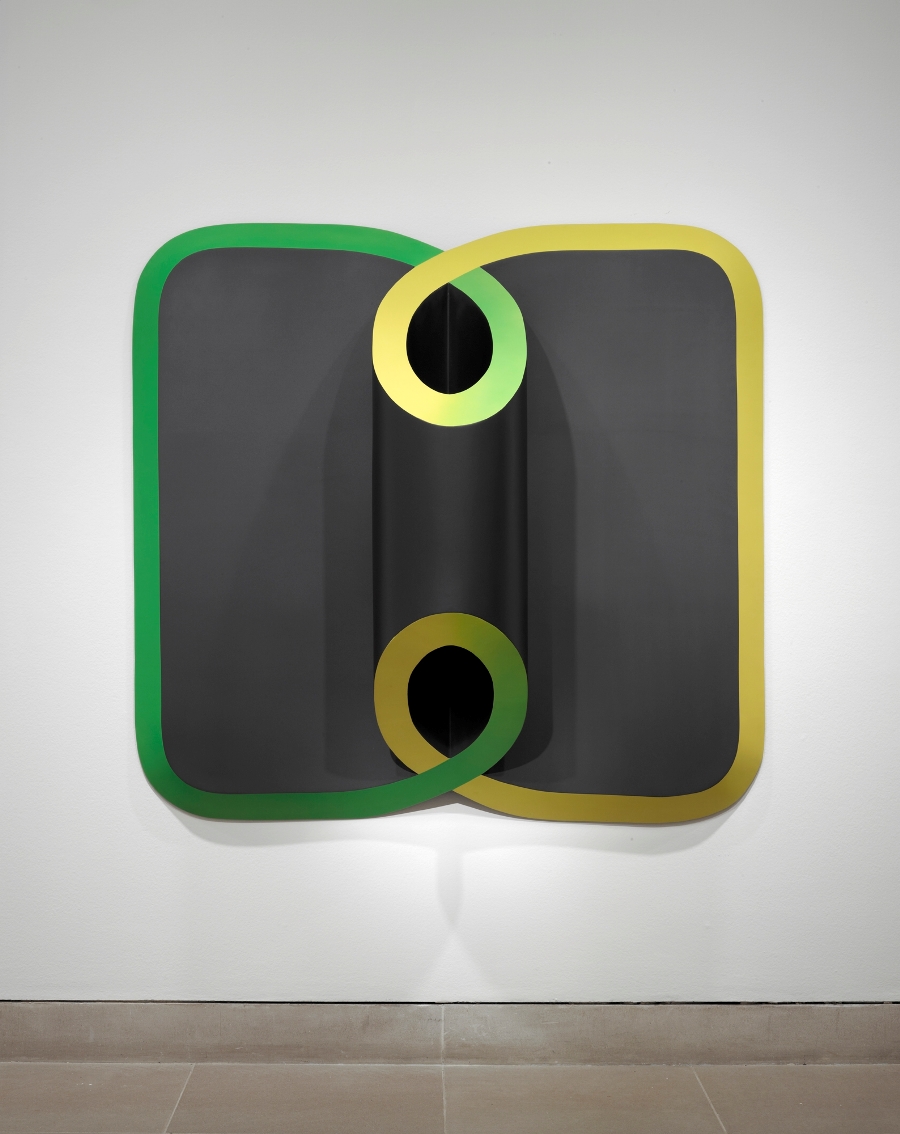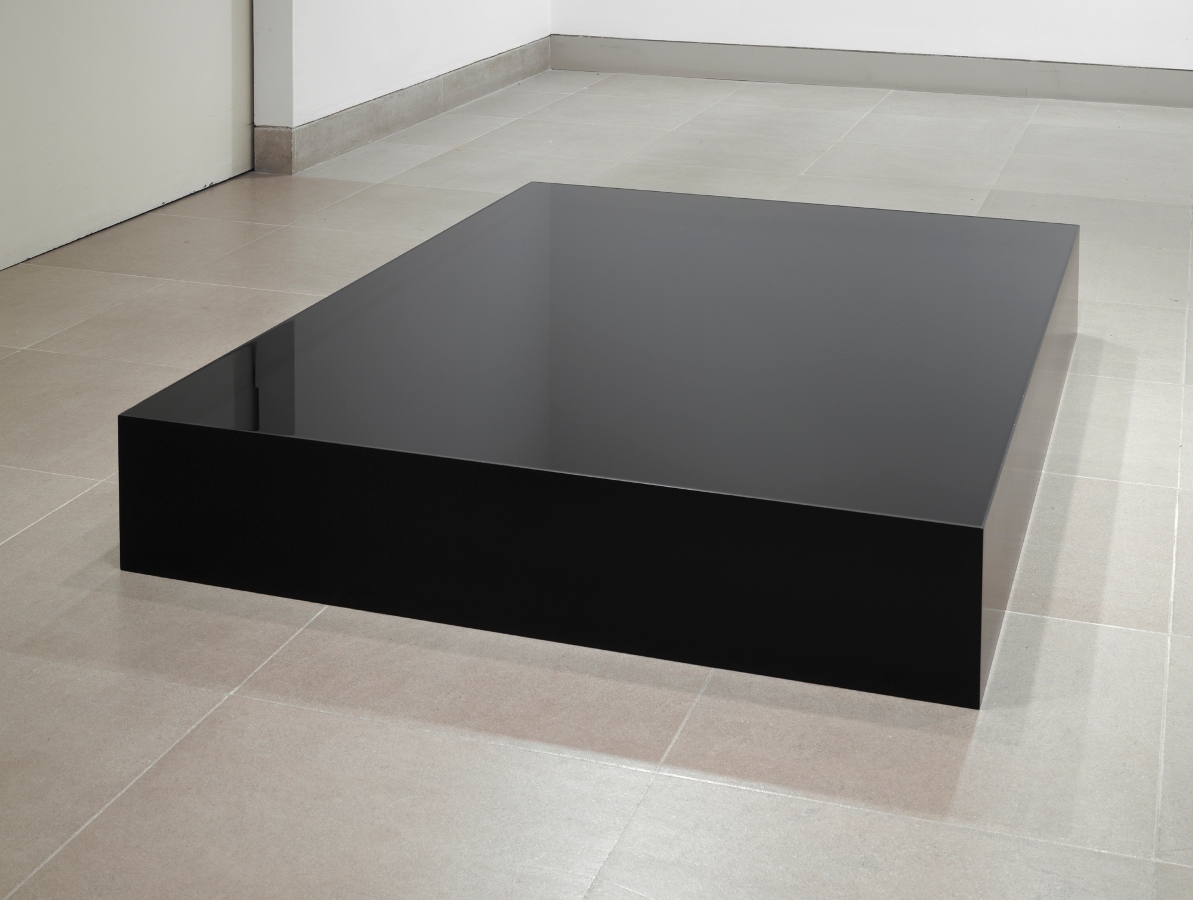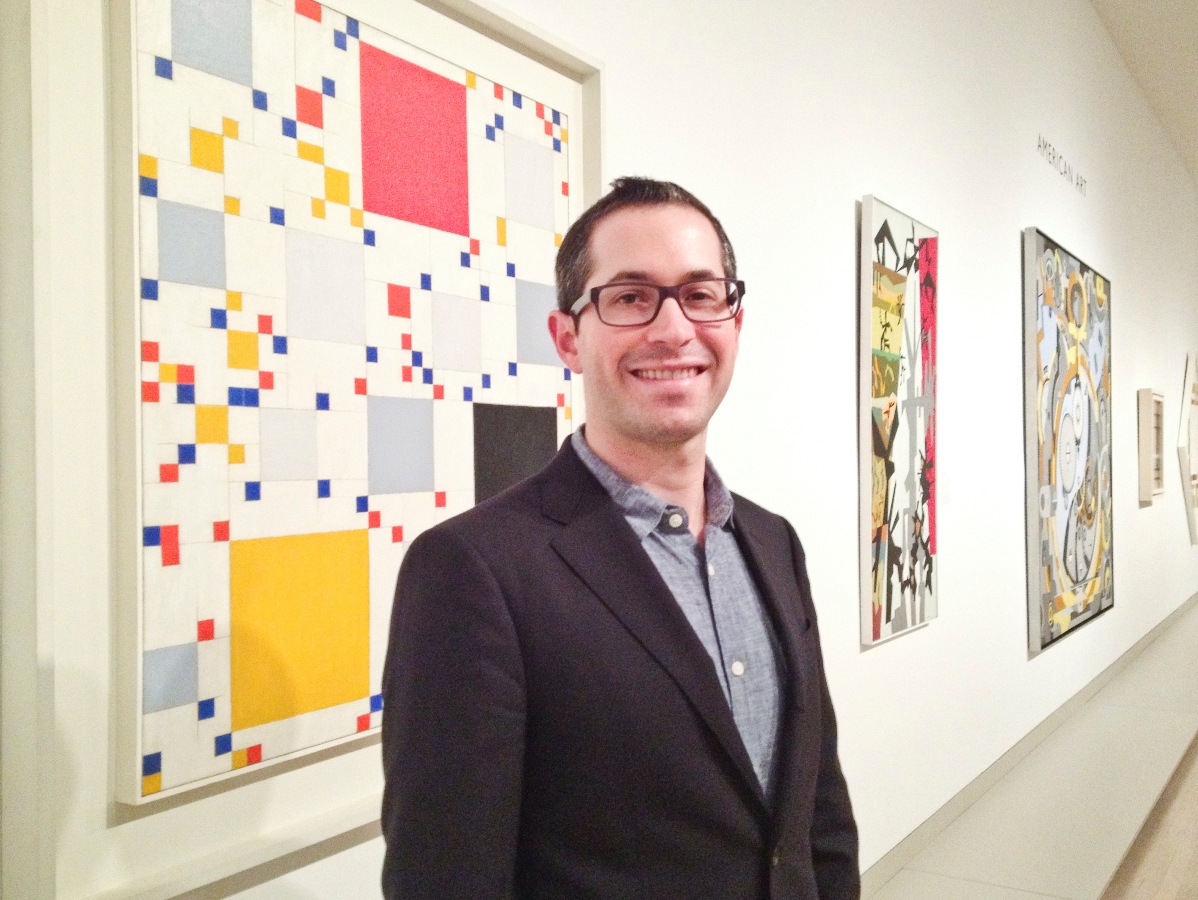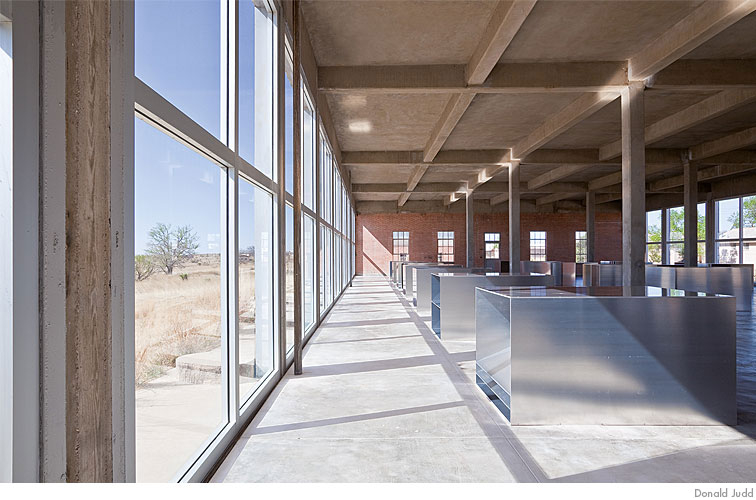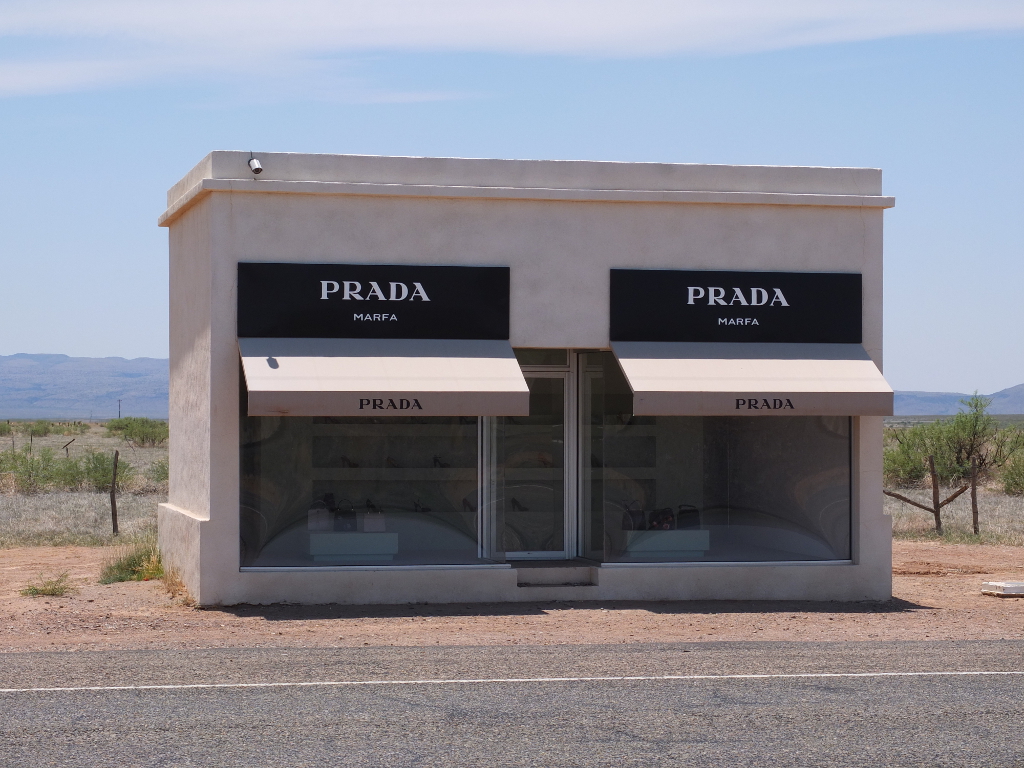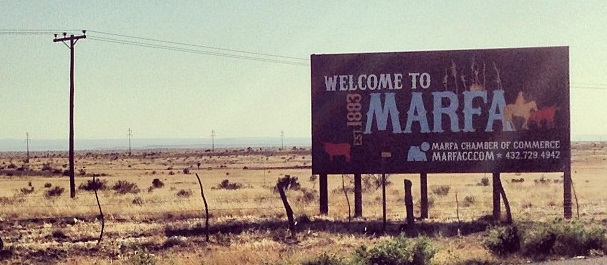
Marfa, Texas is more than just those mysterious lights (though they are pretty magical). I was lucky enough to visit the artistic oasis recently, and though I never left the state of Texas, I truly felt like I was transported to another place and time. Marfa is a small city located in the high desert of far west Texas, near Big Bend National Park. Founded in the early 1880s as a railroad stop, the town was transformed into a cultural destination thanks to artist Donald Judd. Upon relocating to Marfa from New York City in 1971, Judd acquired the decommissioned Fort D.A. Russell and began transforming the site’s buildings into exhibition spaces. His intention was to create a location in which he could permanently install his artwork and present it to the public.
“It takes a great deal of time and thought to install work carefully. This should not always be thrown away. Most art is fragile and some should be placed and never moved again.” –Donald Judd
Judd’s ideas took shape as The Chinati Foundation formally opened to the public in 1986. When I first visited the museum I was struck by the absolute vastness of the space.
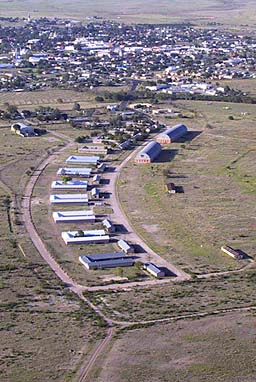
The Chinati Foundation
The Chinati Foundation is located on 340 acres of land. The art collection includes 15 outdoor concrete works by Donald Judd, 100 aluminum works by Judd housed in two converted artillery sheds, 25 sculptures by John Chamberlain, an installation by Dan Flavin occupying six former army barracks, and works by Carl Andre, Ingólfur Arnarsson, Roni Horn, Ilya Kabakov, Richard Long, Claes Oldenburg and Coosje van Bruggen, David Rabinowitch, and John Wesley. Each artist’s work is installed in a separate building on the museum’s grounds. When Judd renovated the buildings, he attempted to retain the integrity of the original structures as much as possible, only adding components that he deemed necessary. One of these was windows: the walls of the converted artillery sheds feature floor to ceiling windows. This alteration maximizes natural light and space and allows the surrounding landscape to meet and converse with the aluminum boxes that reside inside the sheds.
- Converted artillery shed
- Side view
- Interior view with Judd’s aluminum boxes
The location of The Chinati Foundation site–named after the surrounding Chinati Mountains–was extremely important to Judd, who, as a minimalist artist, believed strongly in creating works which are inextricably linked with the surrounding landscape. Judd fell in love with the desert landscape surrounding Marfa, and saw it as the perfect space for his art. “Too often,” Judd said, “the meaning of a work of art is lost as a result of a thoughtless or unsuitable placement of the work for display. The installation of my own work, for example, as well as that of others, is contemporary with its creation, and the space surrounding the work is crucial to it. Frequently as much thought has gone into the placement of a piece as into the piece itself.” (Quote from the Judd Foundation)
My trip to magical Marfa opened my eyes to the artistic passion and work of Donald Judd, but on a larger scale, it also invited me to reflect upon the decisions behind how works of art are displayed. I think of Judd’s Untitled piece that the DMA owns: six symmetrically divided rectangular boxes forming a column over eighteen feet high, made from cool industrial surfaces. My only experience with this work of art is seeing it displayed inside the white walls of the DMA, alongside work from other artists.
The time I spent in Marfa not only made me wonder how this particular Judd work would look exhibited alone against a desert backdrop, but furthermore, it made me question whether more works of art should be exhibited in the Judd manner–surrounded only by works from that artist and in a structure that complements its artistic intent.
I now turn this question to the public: is there a work of art in the DMA’s collection that you would like to see exhibited differently? And if so, how would you like to see it displayed?
Artwork Shown:
- Donald Judd, Untitled, 1988, Dallas Museum of Art, Museum League Purchase Fund, General Acquisitions Fund, H. Harold Wineburgh Fund and gift of an anonymous donor
Danielle Schulz
Teaching Specialist
